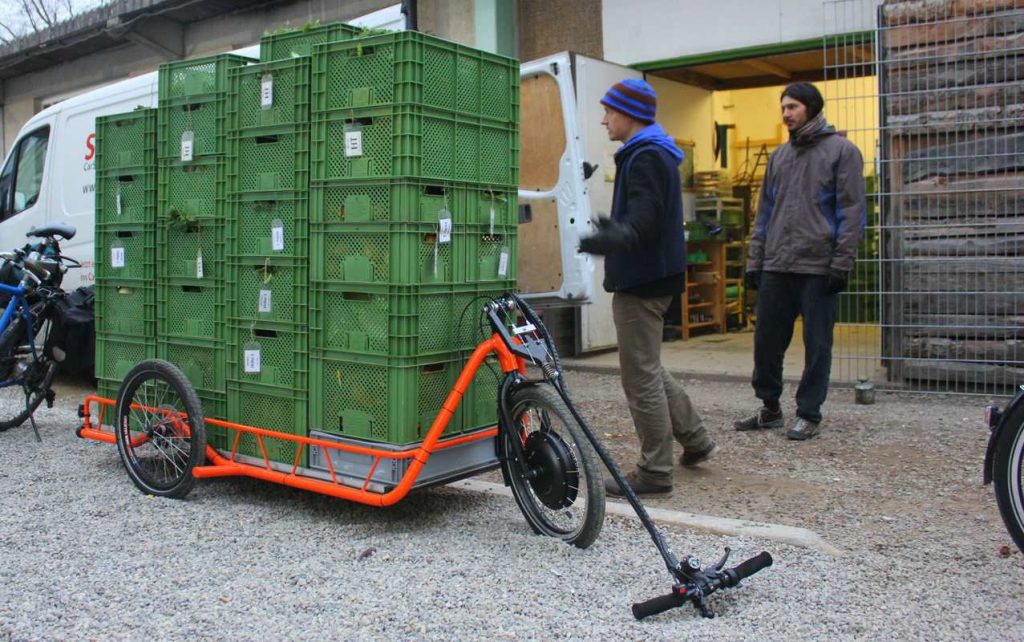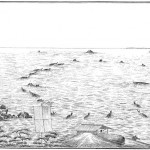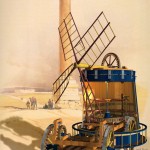Over 70% of Bangladesh’s population live in corrugated tin huts across the countryside. During the long summer months, temperatures reach up to 45° Celsius, making these huts unbearable to live in.
To address the issue, Grey Dhaka teamed up with volunteers from Grameen Intel Social Business Ltd to create the Eco-Cooler – a zero electricity air cooler, which uses re-purposed plastic bottles cut in half and put into a grid, in accordance to available window sizes.
Based on wind direction and airflow pressure, the Eco-Cooler has succeeded in decreasing the temperature in tin huts by up to 5° Celsius. After initial tests, blueprints of the Eco-Cooler were put up online for everyone to download for free.
Thanks to Adriana Parra.












